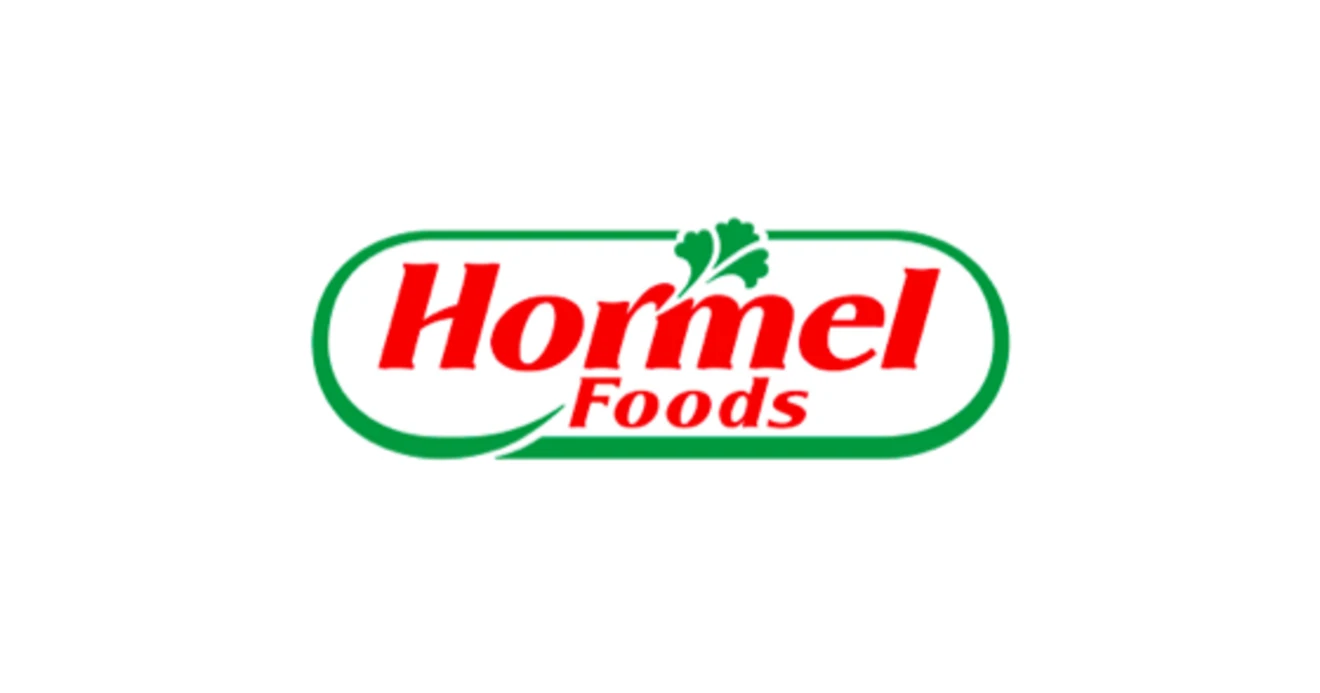Hormel Foods Corp
Key Information
HQ:
United States
Market Cap:
$17.09bn
Primary Market:
North America
Business Type:
Protein Producer
Company Information
Company Summary
Hormel operates through the following segments: grocery products, refrigerated foods, Jennie-O Turkey Store, specialty foods, and international & other. Its business is involved in processing, marketing and selling branded and unbranded pork, beef, chicken and turkey products for retail, foodservice and fresh product customers.
Revenue
Total revenue:
$12.5bn
Revenue by Geography
Revenue by Protein
Revenue by Product Type
Disclosures
CDP ScoresLast Reviewed: 16/10/2024
| CDP Climate | CDP Forests | CDP Water |
|---|---|---|
| Yes | Yes | Yes |
Science Based Target initiativeLast Reviewed: 16/10/2024
| Target classification | Status | Date |
|---|---|---|
| 1.5°C | Targets Set | 2023 |


